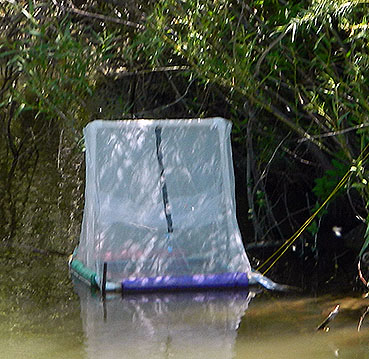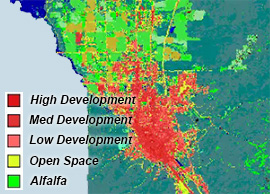Investigating Food Webs in River-Floodplains and Public Perceptions of Ecology
Idaho State University Participants
Colden Baxter, Jade Ortiz, Donna Lybecker, James Paris, Nolan Brown, Janae Crispin
Partners and Affilation
Hunter Osborne, Preston Buckskin, Zach Wadsworth (Department of Fish and Wildlife, Shoshone-Bannock Tribes), Hannah Sanger (City of Pocatello)
Research Problem
Location of Study: Portneuf River, Snake River and floodplain on Fort Hall Reservation of the Shoshone-Bannock Tribes, Pocatello, Idaho State University
River floodplains are naturally complex ecosystems, characterized by a shifting mosaic of aquatic and terrestrial habitats that support a diverse web of life linked by reciprocal exchanges of materials and organisms between water and land. Intact, connected river-floodplains are imperiled ecosystems, and are increasingly the focus of restoration efforts like those being planned for the Portneuf and Snake Rivers in southern Idaho. Yet, such efforts are guided by a combination of ecological understanding, human perceptions, cultural values and history. Improved feedback between science and society with respect to management of river-floodplains demands they be investigated as coupled natural-human systems, and through partnerships that not only link scientific disciplines, but that cross cultural boundaries as well.
Research Outcomes
We are investigating the coupled natural-human systems of the Portneuf and Snake River-floodplains. Our focus involves study of food webs and aquatic-terrestrial linkages in the mosaic of habitats that naturally occur in such settings, evaluation of what has been lost with habitat homogenization and loss of natural flow regimes (or, in turn, what may be gained via restoration), and investigation of public perceptions and values regarding river-floodplain complexity that may determine policies governing the future of these ecosystems and the communities connected to them. Our efforts include partnership with the City of Pocatello and collaboration with the Fish and Wildlife Department of the Shoshone-Bannock Tribes.
Potential Impacts
Our work will inform a long-range plan for restoration of the Portneuf river-riparian corridor through the City of Pocatello, and will be used by the Shoshone-Bannock Tribes in their management of the Snake River-floodplain ecosystem on the Fort Hall Reservation (referred to as the “Fort Hall Bottoms”). The latter will include improved understanding of the relationship between the management of Snake River flows, groundwater levels, and the ecological characteristics of the Fort Hall Bottoms important to the Tribes.


Publications
Brown et al. “COMBINING INDIGENOUS CULTURE AND ECOLOGICAL SCIENCE: A FOODWEB STUDY ON THE SNAKE RIVER FLOODPLAIN IN SHOSHONI”
Ortiz poster “A CONCEPTUAL MODEL OF SPATIAL COMPLEXITY IN RIVER-FLOODPLAINS AND ITS EFFECTSS ON INSECT EMERGENCE AND TERRESTRIAL INSECTIVORES”
Paris et al. “IMPACT OF LOST FLOODS ON FISH AND FOOD WEBS IN A REGULATED RIVER-FLOODPLAIN”
